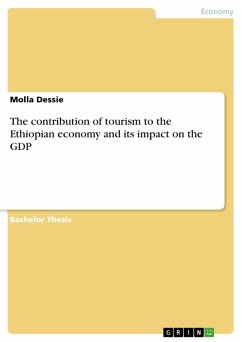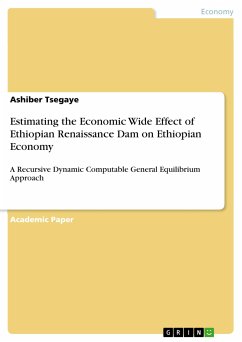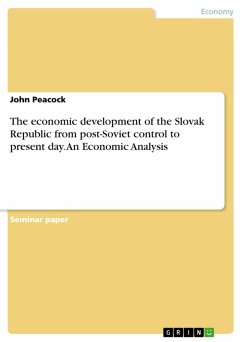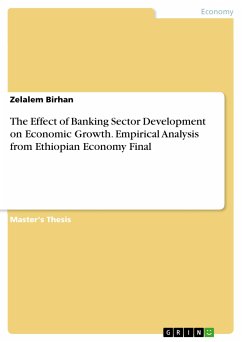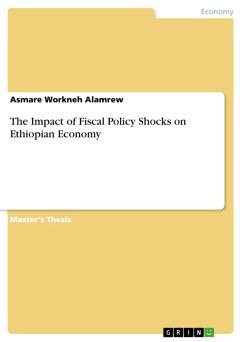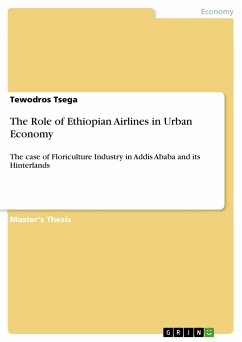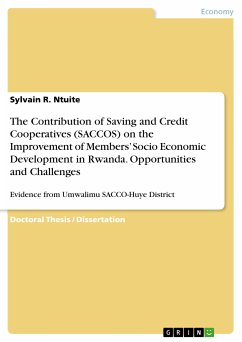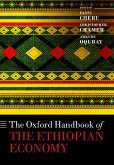Bachelor Thesis from the year 2016 in the subject Economics - Case Scenarios, Addis Ababa University, course: economics, language: English, abstract: The main objective of the study is to see overall contribution of tourism to the Ethiopian economy. Specifically: Tourism contribution to the GDP of the country, Tourism contribution to employment, Tourism contribution to foreign exchange generation, To examine the causal effect of tourism on economic growth. Furthermore this research is to investigate the contribution of tourism for the Ethiopian economy over the year 2004-2014 for descriptive and 1991-2014 for econometrics. Graphs, table and, percent and Autoregressive Distributed Lag (ARDL) Approach to Co-integration and Error Correction Model are applied in order to investigate the long-run effect of tourism receipt on economic growth. Specifically this research assessed the impact of tourism on GDP, employment, foreign exchange earnings, and economic growth. The result shows tourism positive contribution to GDP, employment, foreign exchange earnings and stable relationship between tourism receipt and economic growth. The empirical result reveals that tourism receipt found to have positive impact on economic growth. So the government and citizens should strive to improve tourism industry and to generate more income especially foreign exchange. According to WTO, tourism is a combination of activities travelling to and staying in places outside their usual environment for not more than one year for leisure, business and other activities. It is beyond the common perception of tourism as being limited to holiday activity. The WTO further explains that tourism refers to all activities of visitors including both tourist (overnight visitors) and same day visitors. This definition was adopted by UK government and WTO used it since 2004. Tourism developed many years back when people travel from one place to another place for different purpose. Human beings have been active travelers for the purpose of hunting and gathering, herding animals in small groups that provided them with food, skin for cloth and bones for making different tools.
Dieser Download kann aus rechtlichen Gründen nur mit Rechnungsadresse in A, B, BG, CY, CZ, D, DK, EW, E, FIN, F, GR, HR, H, IRL, I, LT, L, LR, M, NL, PL, P, R, S, SLO, SK ausgeliefert werden.

